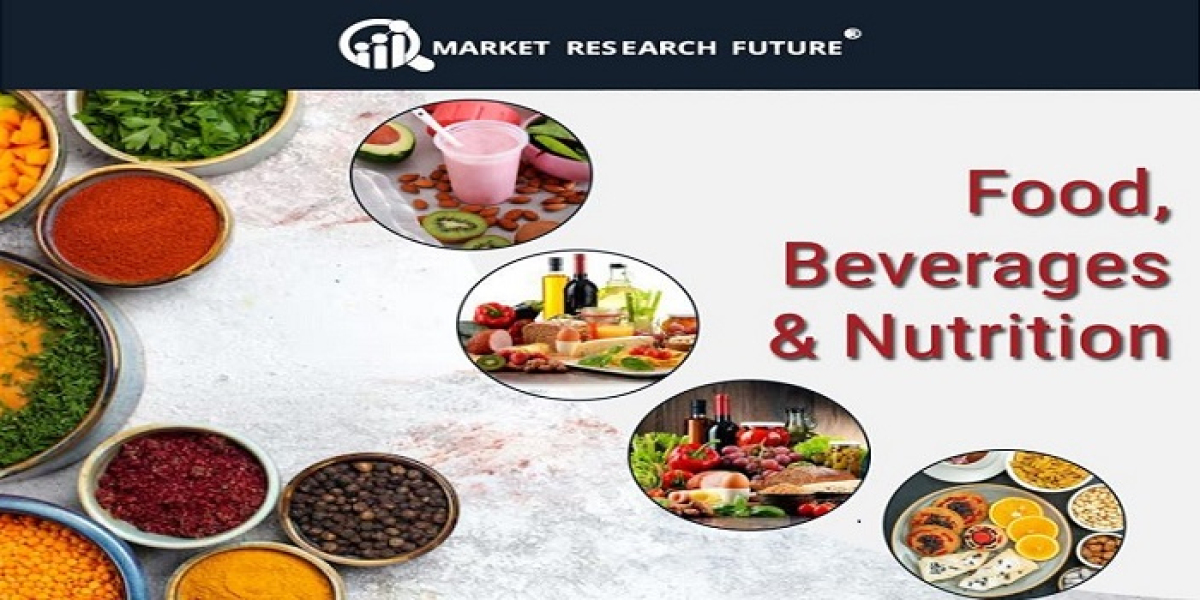The global caviar market is poised for impressive growth—projected to scale from USD 0.34 billion in 2024 to USD 0.90 billion by 2035 at a CAGR of 9.25 %. Yet beneath this optimistic forecast lie significant challenges and critical opportunities that will define which companies succeed and which fall behind.
Key Challenges
1. Supply Constraints and Ecological Risk
Sturgeon populations, from which caviar is harvested, are vulnerable. Overfishing, habitat degradation, and ecological disruption place pressure on wild stocks. Even in aquaculture, mismanagement or disease can hamper supply. Any supply shock can drive prices upward or restrict availability.
2. Regulatory & Certification Hurdles
Caviar production and trade are heavily regulated. Export-import controls, wildlife protection laws, and food safety regulations differ across markets. Complying with these across multiple jurisdictions adds cost and complexity. Obtaining certifications or traceability credentials is essential but time-consuming.
3. Cost & Margin Pressures
Luxury food items demand high standards of processing, packaging, cold-chain logistics, and waste minimization. Margins come under pressure especially when firms try to expand into retail or direct-to-consumer channels. Smaller players often struggle to absorb these fixed costs.
4. Consumer Perception & Education
Many potential consumers are unfamiliar with caviar’s varieties, serving protocols, and premium value. Misconceptions around sustainability or high cost can deter adoption. Educating consumers—especially in newer markets—is a marketing challenge.
5. Competition & Substitutes
Within luxury foods, caviar competes with foie gras, truffles, high-end seafood, and other gourmet indulgences. Alternative “caviar-like” products (e.g., plant-based “vegan caviar”) may emerge, though they currently occupy niche status.
Strategic Opportunities
1. Innovation in Product & Format
Flavored caviar, infusion-based variants, smaller packaging formats, and “introductory” lines can entice newer consumers. These innovations can expand market reach without diluting brand prestige. The report notes that new product launches are a key growth driver.
2. Sustainable Aquaculture & Branding
Consumers are increasingly conscious of sustainability. Brands that adopt ecofriendly practices, rigorous traceability, and certifications can differentiate themselves. A reputation for responsible sourcing can become a competitive moat.
3. Cross-Sector Integration (Cosmetics & Wellness)
As caviar-derived ingredients find their way into skincare and beauty, producers open up adjacent revenue streams. This diversification can stabilize income and offset the seasonality or sensitivity of food demand.
4. Emerging Market Penetration
Asia-Pacific, in particular, offers substantial growth opportunities. As disposable incomes rise and luxury consumption spreads, markets like China, India, South Korea, and Southeast Asia are fertile ground. Tailoring products and marketing to these regions can unlock new user bases.
5. Direct-to-Consumer & E-commerce Channels
While hotels and restaurants remain dominant distribution channels, expanding into direct-to-consumer models offers margin advantages and brand control. Subscription models, gourmet e-commerce platforms, and curated luxury marketplaces may support deeper consumer engagement.
Strategic Imperatives for Success
To thrive in this evolving landscape, caviar firms should:
Invest in R&D and product diversification
Strengthen branding and storytelling around provenance, quality, and environmental responsibility
Build resilient supply chains with backup sources, disease control, and aquaculture risk mitigation
Leverage regional strategies, especially in Asia-Pacific, to align with local tastes and regulatory regimes
Embrace digital marketing, consumer education, and luxury retail experiences
In summary, the caviar market stands at a crossroads. The forecasted growth to USD 0.90 billion by 2035 is not guaranteed—challenges abound. Yet, for firms that can navigate supply constraints, innovate across sectors, and harness emerging markets, the opportunities are abundant. The future of caviar lies as much in strategic foresight as it does in flavor finesse.








